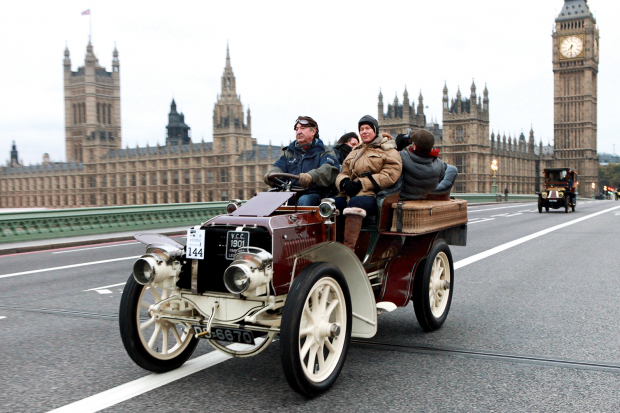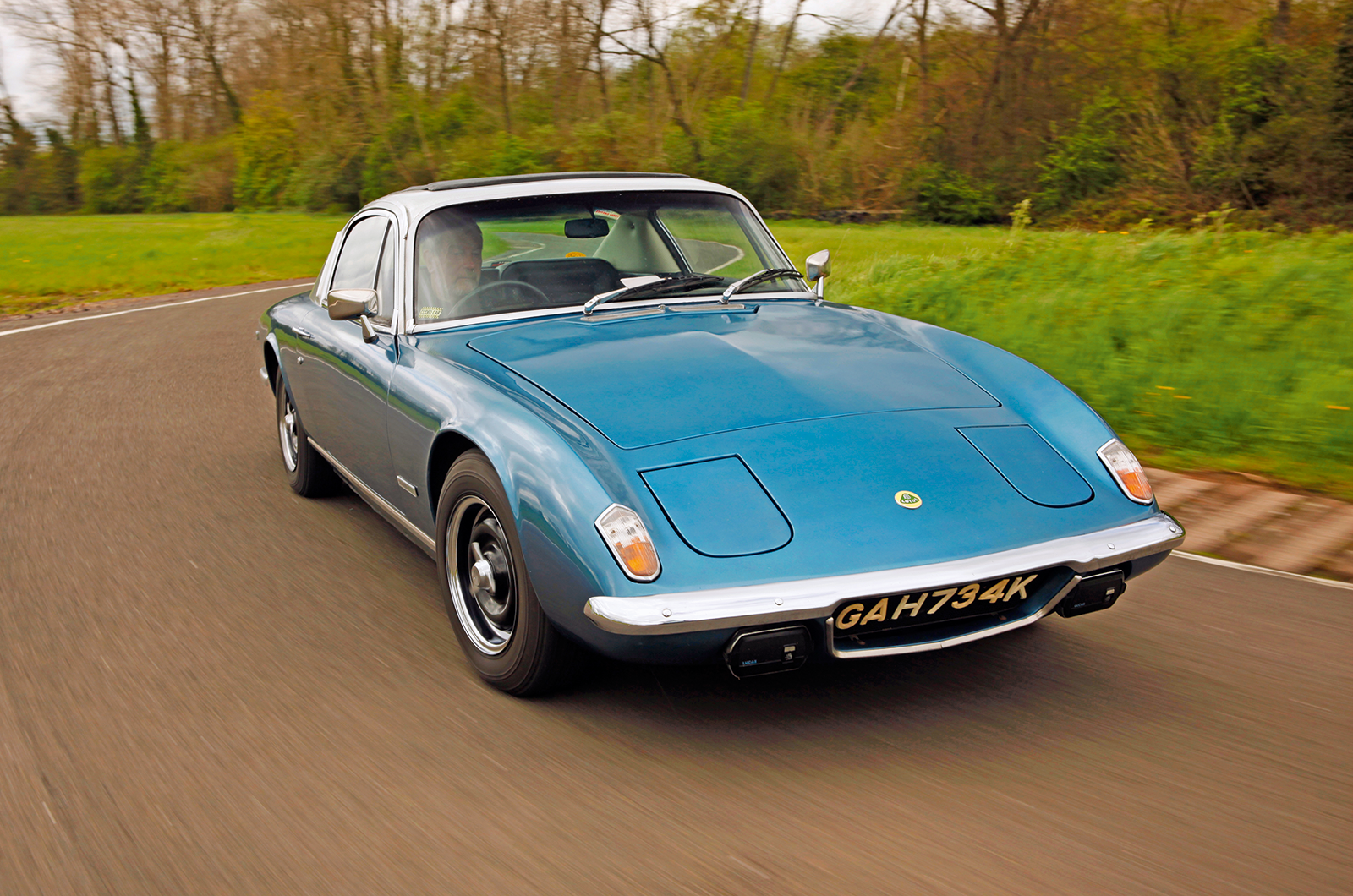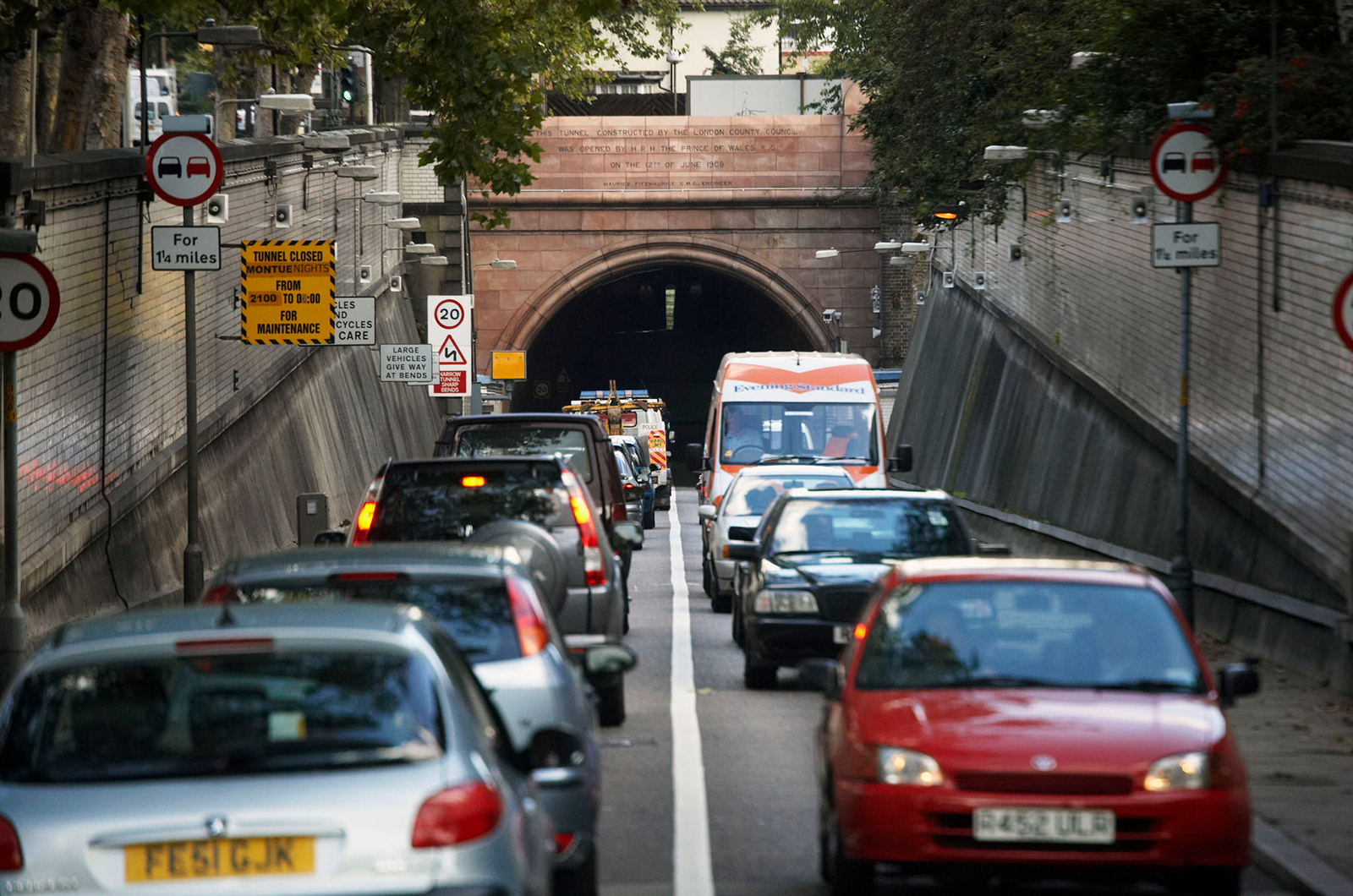
An extension to London’s Ultra Low Emission Zone, or ULEZ, came into effect on 25 October 2021 and this will be increased again from 29 August 2023 – and if you don’t know what one of those is and you live or work around the British capital, then you might well want to read on.
The original ULEZ came into force on 8 April 2019 – and the area it covers has now been expanded considerably. If you’re driving a vehicle within the zone that isn’t ULEZ-exempt and you don’t pay the charge, you could even face a hefty fine.
So what exactly is the ULEZ? Does it apply to all classic cars? And what do you need to do about it? We’ve got the answers here.
1. What is the ULEZ?
The ULEZ is London’s Ultra Low Emission Zone: an area covering central London and beyond within which cars are subject to a daily charge as a way of tackling air pollution in the city.
Not all vehicles have to pay to drive within it, with low-emissions cars and others that meet certain criteria being exempt.
But if your vehicle doesn’t qualify for one of those exemptions – and not all classic cars will – you will have to pay the fee or face being fined.
2. Where and when does the ULEZ apply?

© TfL




